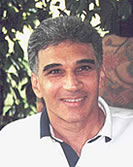Week after week, I have been fascinated while driving past a construction site where they are digging down to bedrock to build a foundation for a new building. For months, I noticed no changes, just a huge hole in the ground and no building.
Months later, there was still no sign of a building. I began to wonder if they ran out of money for their project. Suddenly, out of nowhere, a building appeared. One week there was nothing but a big hole; the next week, a building. Have you ever noticed this phenomenon?
Apparently the building itself, though essential, is not as crucial as digging down to solid bedrock for the foundation that supports the building. Without this stable foundation, a little pressure from the wind could topple the structure.
How odd that the part of the building you never see (the foundation) is the strength of the building you do see (superstructure).
In tennis, establishing a correct day-to-day and week-to-week training regimen is like digging down to bedrock, building a foundation. Often you see no results for weeks and months, but then out of nowhere you have a superstructure breakthrough and a new instinctive shot, strategy or game appears. You must learn to be patient as you are digging down to bedrock to develop a foundation. In time your strokes will appear. During this time do not be discouraged but understand that you are constructing that crucial support for a superstructure.
Imagine what would happen if a player constructs a new shot or strategy (superstructure) without the benefit of repetition and a weekly training regimen (the foundation). When the pressure hits, it all falls apart! There is no support structure in place to consistently hold the strokes together under any kind of pressure. This is exactly what happens to players who possess perfect mechanical strokes but are not rooted in a solid repetition regimen (foundation). They look stupendous, yet at the first sign of trouble their strokes betray them.
If you ever hope to excel under pressure you must understand this concept of building a solid foundation. Even in Biblical scripture this principle is delineated. Matthew 7:24 and 26 speak of "the wise man, who built his house upon the rock" and "the foolish man, who built his house upon the sand."
It is better to have mechanics that are not so perfect but are built on a strong foundation of repetition than to have the perfect strokes built on the sand of practice without solid repetition.
Consider also the incomparable, earthquake-proof Imperial Hotel in Tokyo, designed by Frank Lloyd Wright and finished in 1922. It withstood horrific earthquakes because of the ingeniously employed, flexible, floating foundation.
Your strokes will be no stronger than the foundation you construct to support them. The deeper you dig down to bedrock with your practice regimen, the more automatic, instinctive and spontaneous your strokes will be when the earthquakes hit.



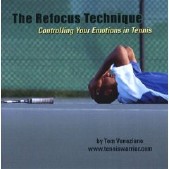
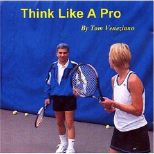
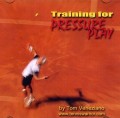



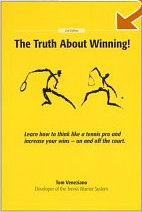
 You will join 13,000 other subscribers in receiving news of updates to the Tennis Server along with monthly tennis tips from tennis pro Tom Veneziano.
You will join 13,000 other subscribers in receiving news of updates to the Tennis Server along with monthly tennis tips from tennis pro Tom Veneziano. 